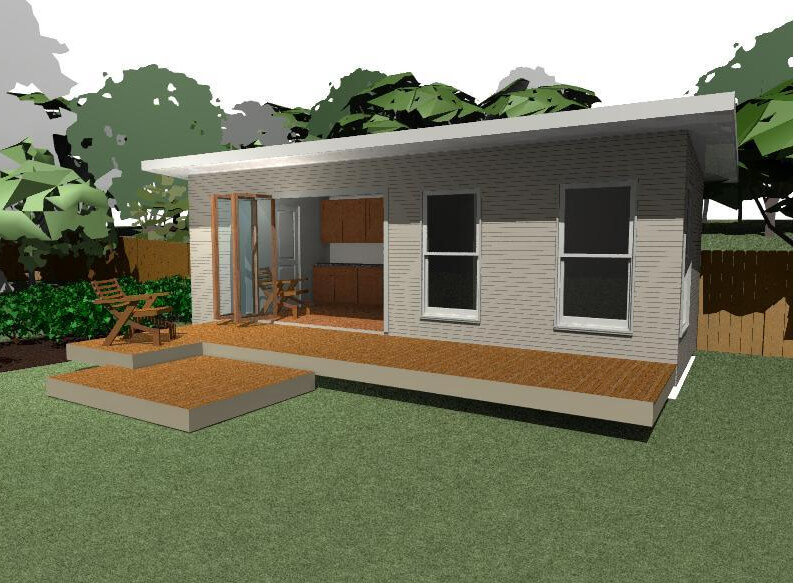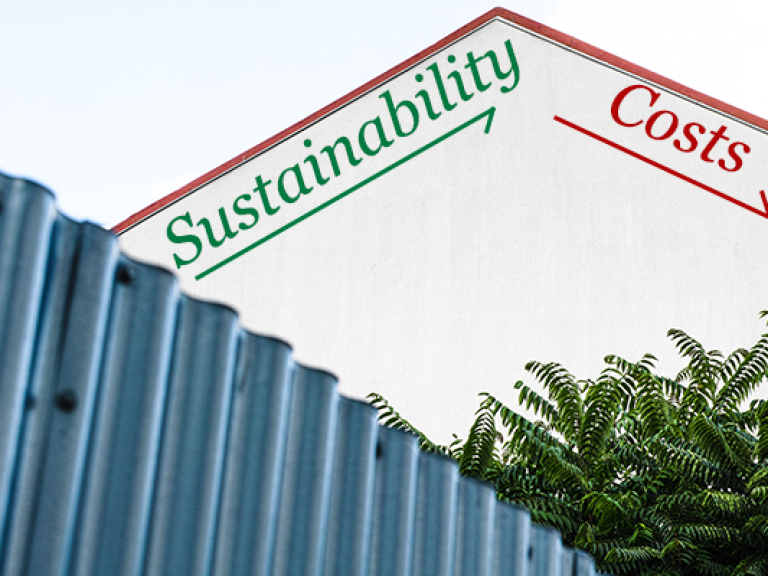
The 2012 Census has served to confirm what we already know – the population is continuing to multiply. And as any savvy investor knows, population growth is the key factor that drives property demand, because as the population grows, land, which is a finite commodity, becomes more valuable… great news for investors!
But that’s not all: the ever-growing population also gives us the opportunity to maximise the number of tenants in our properties. And along with the property boom come changes in land use, including a string of guidelines in New South Wales about how your residential land can be used.
The three components of growth are land content, land value and land usage. In the 1980s, the average house block was 1000m2, what used to be called the average quarter acre block. As population grew, especially in capital cities, local councils decided to reduce the average block size. At first it was reduced to 750m2. Over time it was reduced to 600m2, then 450m2, and today a block can be as small as 250m2. As a consequence, it is difficult to know the true median house price because a house could be on any one of these blocks.
NSW LAND USE CHANGES
The NSW Government’s Affordable Rental Housing – State Environmental Planning Policy (SEPP) regulations require the following conditions to be met for granny flats to be approved:
- The granny flat must be no more than 60m2 in size
- Land must be more than 450m2
- The land has a minimum 12m frontage
- There is a 3m clearance between the flat and the back fence
- Height restriction of 8.5m
- Only one house and one granny flat can be built on the land
- The land cannot be subdivided; both dwellings are on the same title
- It complies with the local environment plan (LEP) of your local council and local council building restrictions
- It complies with the Building Code of Australia
Changing land use is exciting for us property investors because the possible increased density of tenancies will dramatically increase the land value of an investment property. Granny flats are a particularly effective and relatively low-cost way to increase your rental yield and depreciation benefits, as adding a granny flat to existing land that already has an existing dwelling can result in a positive cashflow situation.
Other states have different policies. For information about building regulations for secondary dwellings in other states, check with the relevant local councils. Details will be in their Strategic Plans.
Many tenants find the modern granny flat more desirable than an apartment because utilities are usually included in the rent (due to difficulties installing separate meters), there is access to a yard, it is at ground level and it is lower density living. It is also more likely to be pet-friendly. What’s more, with the introduction of more developer-friendly regulations and schemes, it is also becoming easier.
The introduction of the Affordable Rental Housing – State Environment Planning Policy (SEPP) to NSW in 2009 has revolutionised the state’s land use policy, allowing a granny flat to be built in the backyard of a housing block as long as the block is greater than 450m2 in size and meets additional criteria (see box). Whereas previously granny flats were only permitted in certain residential zones, this legislation is opening up the opportunity to a range of property owners and investors, all whilst boosting the supply of affordable rentals for tenants.
This is great news for NSW property owners; however it’s important to remember that rules governing the construction of granny flats remain strict throughout the country and vary vastly from state to state. All councils in Victoria, for example, have different regulations, and all granny flat construction requires a building permit on its positioning. Visiting your local council or planning department is a good starting point.
Land use policies are also changing at local council level across the country, especially in capital cities and high growth regions. For example, the Gold Coast City Council accepts that there is significant population growth in the south east Queensland corridor and that it needs to be creative about how to utilise land effectively. That’s one of the reasons why Custodian’s new Pimpama development is such a good investment - the block sizes are 800m2 and the GCCC will allow duplexes and ‘dual key’ houses (two families or two tenancies living separately in the one house) to be built in the development. These ‘two in one’ apartments are gaining increased traction in Australia, and typically come with a shared foyer and a main residence, plus a second smaller dwelling consisting of a bedroom, bathroom and kitchenette, and offer an innovative way to boost rental yields.
Land can almost double in value with these small changes in regulated land usage. From a wealth builders’ perspective, we can see how those changes in land usage allow us to have a cash flow positive property because we are no longer restricted to a single dwelling and single tenancy on a 450m2 block. We can have two tenants and a potential seven to nine per cent return.
We are facing one of the biggest housing booms in Australia’s history. It will be driven by population growth and job growth. The growth will be in the land. That’s our secret weapon – the land content – because land appreciates and buildings depreciate.
Glossary
Secondary dwelling: a self contained separate dwelling that is smaller in size to the primary or main dwelling (house) on a housing block.
Granny flat: a free standing self contained secondary dwelling in the back yard of a housing block where there is a primary dwelling (house). Also called a micro home.
Fonzie flat: a self contained secondary dwelling built on top of a garage.
Dual key home: a free standing house or an apartment that has two self contained lockable living areas under the same roof. They may have separate entries or a main door opening onto a hallway with two more lockable doors. The main part of the dwelling has more rooms and facilities: the smaller part has typically one or two bedrooms.








